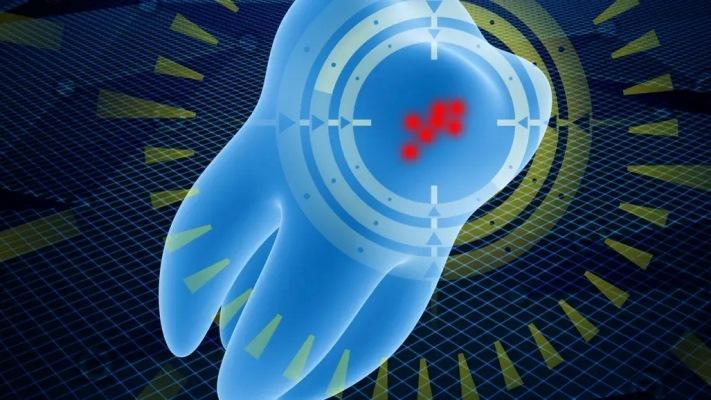Accurate assessment of carious lesion activity, depth, and severity is important for physicians in deciding on intervention. In a recent study, a team of scientists from the University of California, San Francisco (UCSF) evaluated whether shortwave infrared (SWIR) and thermal imaging could be used to accurately diagnose the activity of secondary carious lesions. While previous studies using these methods have already shown promising results for assessing lesion activity, this study is considered the first to investigate the use of thermal imaging in secondary carious lesions.

In recent years, the frequent use of shade-matched and radiopaque dental restorative materials to replace carious tooth structure after cavity preparation has led to a significant increase in secondary carious lesions. Poor adaptation of bonding materials to the tooth structure leads to leakage of fluids and bacterial acid, which leads to demineralization of the tooth structure during restoration, as well as the formation of secondary caries.
“Dentists now spend more time replacing failed restorations than installing new ones due to mismatched bonding materials,” said study author Dr. -Angeles.
He explained: “Traditional methods based on tactile sensations and visual inspection based on texture and color are highly subjective and unreliable. But there is currently no generally accepted dental imaging technology that could provide diagnostic information with high specificity and sensitivity in assessing caries activity.
Both imaging modalities have been used to determine the rate of fluid loss from teeth using air drying. This helps determine lesion activity as the outer layers of active lesions are more permeable compared to caries-arrested and healthy teeth. With SWIR, active damage can be detected by observing changes in SWIR reflectance as the tooth dries. Thermal imaging is based on changes in temperature reflecting the amount of water diffusing from the surface of active lesions during evaporation, compared to surfaces where caries has been arrested and compared to surfaces of healthy teeth.
SWIR can be used in combination with air drying to detect active caries. This is possible due to the porous outer layers of active cavities, which, as the tooth dries, create a light-scattering structure that is different from that of a healthy tooth and stopped caries.
In evaluating the reliability and accuracy of SWIR and thermal imaging, the results of these methods were compared with optical coherence tomography (OCT), a technique that uses near-infrared light to produce high-resolution 3D images, and microcomputed tomography (micro-CT).
The results of the study showed that SWIR tomography is generally superior to thermal imaging in assessing secondary carious lesions on the coronal planes. Thermal imaging has performed well in identifying microcracks between composite material and teeth, but has sometimes been misleading in evaluating complex occlusal anatomy and gaps that tend to retain water as they prevent thermal dehydration. SWIR imaging is less prone to such interference, as it allows high-contrast imaging of composite materials, healthy tooth structure, and lesions. Despite complex geometry and topography in several lesions, SWIR imaging estimated permeability with almost the same accuracy as OCT.
The results of the study demonstrated the potential of SWIR reflectance and OCT imaging techniques for clinical monitoring of secondary carious lesion activity. “Our work provides further development steps towards meeting the need for more advanced diagnostic and easy-to-handle clinical devices,” said Dr. Chang.
